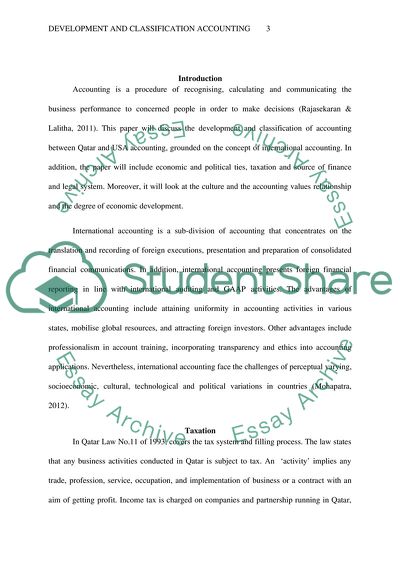Cite this document
(Development and classification accounting Essay, n.d.)
Development and classification accounting Essay. https://studentshare.org/finance-accounting/1876338-development-and-classification-accounting
Development and classification accounting Essay. https://studentshare.org/finance-accounting/1876338-development-and-classification-accounting
(Development and Classification Accounting Essay)
Development and Classification Accounting Essay. https://studentshare.org/finance-accounting/1876338-development-and-classification-accounting.
Development and Classification Accounting Essay. https://studentshare.org/finance-accounting/1876338-development-and-classification-accounting.
“Development and Classification Accounting Essay”. https://studentshare.org/finance-accounting/1876338-development-and-classification-accounting.


